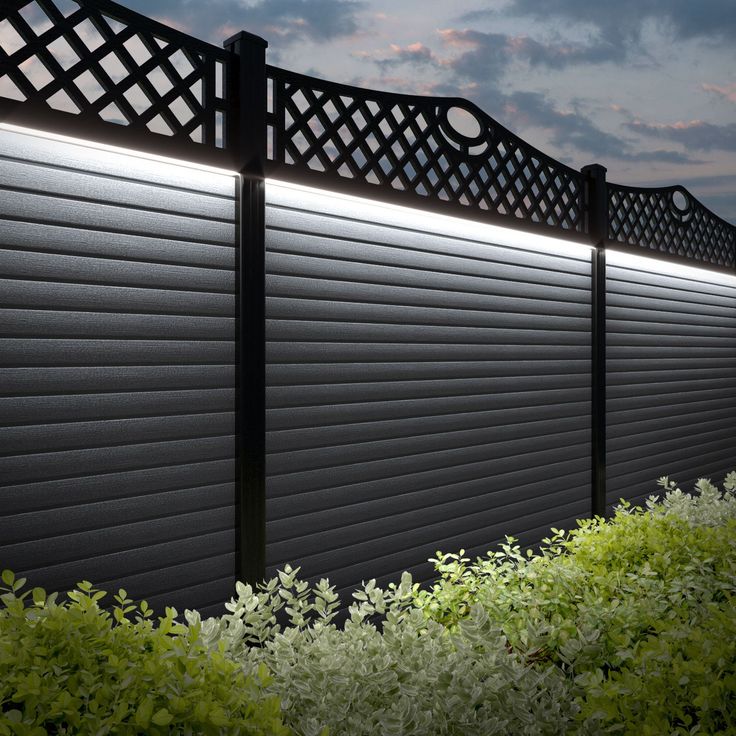Selecting the appropriate height for Y posts is a critical decision that directly impacts the effectiveness, stability, and cost of your fencing project. The ideal post height is not universal; it depends on a combination of factors related to the fence’s purpose, the type of wire used, the terrain, and the animals or elements you intend to manage. Making an informed choice ensures your fence performs optimally without unnecessary expense or structural weaknesses.
1. Purpose of the Fence
The primary function of your fence is the most significant determinant of Y post height.
- Livestock Containment:
- Cattle and Horses: These larger animals require a fence that is tall enough to prevent them from easily stepping over or pushing through. Typically, a finished fence height of 4 to 5 feet (1.2 to 1.5 meters) is recommended. This means using Y posts that are 6 to 7 feet (1.8 to 2.1 meters) long, allowing for sufficient burial depth.
- Sheep, Goats, and Pigs: While these animals are smaller, they are often more agile or prone to burrowing. A fence height of 3 to 4 feet (0.9 to 1.2 meters) is usually adequate, often achieved with Y posts that are 5 to 6 feet (1.5 to 1.8 meters) long, especially when using woven wire mesh.
- Wildlife Exclusion:
- Deer: Deer are notorious jumpers. To effectively deter them, fences typically need to be 7 to 8 feet (2.1 to 2.4 meters) tall. This necessitates using very tall Y posts, often 9 to 10 feet (2.7 to 3 meters) in length, to ensure adequate above-ground height after burial.
- Rabbits, Groundhogs, etc.: For smaller burrowing animals, the height above ground might be less critical (2-3 feet or 0.6-0.9 meters), but the fence material needs to extend below ground, meaning you’ll still need posts long enough to accommodate both above-ground height and burial depth.
- Property Boundary/Security: For simple demarcation, a fence of 3 to 4 feet (0.9 to 1.2 meters) might suffice. For enhanced security, a taller fence (5-6 feet or 1.5-1.8 meters) is more effective, requiring correspondingly longer Y posts.
- Garden Protection: Depending on the target pest (e.g., rabbits vs. deer), garden fences can range from 3 feet (0.9 meters) to 8 feet (2.4 meters) in height, dictating the Y post length.
- Trellising (Vineyards/Orchards): For supporting vines or young trees, the height will depend on the specific crop and training system, often ranging from 4 to 6 feet (1.2 to 1.8 meters) above ground, requiring posts of 6 to 8 feet (1.8 to 2.4 meters).
2. Type of Fencing Wire
The chosen wire type also influences the necessary post height.
- Multi-Strand Wire (Plain or Barbed): The top wire determines the effective height of the fence. Ensure the Y posts are tall enough to accommodate all desired strands with appropriate spacing, plus the necessary burial depth.
- Woven Wire Mesh: Woven wire comes in specific heights (e.g., 36-inch, 48-inch, 60-inch). Your Y posts must be tall enough to support the full height of the mesh, plus the crucial burial depth.
- Electric Fence Wire: For electric fences, the Y posts only need to hold the wire off the ground at the desired height for the animal being deterred. This can sometimes allow for slightly shorter posts if only one or two strands are used and deep burial isn’t the primary concern for stability.
3. Terrain and Soil Conditions
These environmental factors impact how much of the post needs to be buried, which in turn affects the total post length required.
- Soil Stability: As discussed previously, in loose or sandy soils, more of the post needs to be buried to achieve adequate stability (e.g., 40-50% of its length). This means for a given desired above-ground fence height, you’ll need a longer Y post in poor soil than in firm, well-compacted soil where the one-third rule might suffice.
- Uneven Terrain: On slopes or hilly ground, maintaining a consistent fence height can be challenging. You might need to use slightly longer posts in lower spots and shorter posts in higher spots to keep the top wire level, or simply drive posts deeper in lower areas.
4. Desired Burial Depth
The minimum recommended burial depth is generally one-third of the post’s length, but this can increase to 40-50% in challenging soil conditions or for critical posts like corners and ends.
- Calculating Post Length: To determine the total Y post length needed, add your desired finished fence height to your required burial depth.
- Example: For a 4-foot (1.2m) high cattle fence in average soil (requiring 2 feet / 0.6m burial), you would need a 6-foot (1.8m) Y post.
- Example: For a 7-foot (2.1m) high deer fence in sandy soil (requiring 3 feet / 0.9m burial), you would need a 10-foot (3m) Y post.
By carefully considering the purpose of your fence, the type of wire you’ll use, your specific terrain, and the necessary burial depth, you can confidently choose the right height for your Y posts, ensuring a strong, stable, and effective fencing system.


